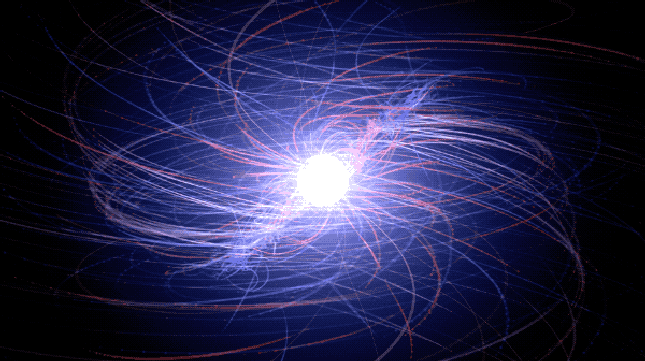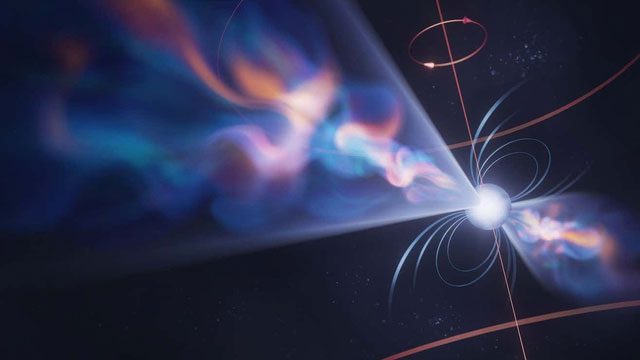If experimentally proven, this would further affirm Einstein’s famous equation.
The renowned formula by physicist Einstein, E=mc², establishes the relationship between mass and energy, where the energy of an object is equal to its mass multiplied by the square of the speed of light. This simple equation has paved the way for humanity to transform various types of matter into new forms of energy that were previously unknown.
However, if we reverse the question, can light and energy be converted into matter as described in Einstein’s equation?
A group of scientists from Osaka University and UC San Diego recently conducted a simulation of collisions between light photons using laser beams. The simulation results indicate that these collisions will produce pairs of electron and positron particles. The positrons—particles that have opposite properties to electrons—are then accelerated in the electric field of the laser to generate a beam of positron particles.

Collisions will create pairs of electron and positron particles. (Illustrative image).
Alexey Aerfiev, a physicist at UC San Diego and co-author of the study, stated: “We believe our proposal is entirely feasible experimentally, and we are looking for ways to implement it in the real world.”
According to the study’s documentation, real-world experimentation is plausible based on the current capabilities of high-density laser deployment. The researchers utilized simulations to assess the feasibility of conducting the aforementioned experiment and found an intriguing solution. A collision generator using the Breit-Wheeler process to produce matter means it can annihilate plasma beams to generate positron-electron pairs.
This phenomenon also exists in extreme physical conditions—such as where stars are born and die, where time stands still—often occurring in remote regions of the universe. In 2021, another group of researchers suggested that in the cores of neutron stars—one of the final stages of massive stars before complete collapse—there are incredibly high densities of matter, which could also lead to phenomena similar to those simulated. Here, dark matter particles may convert into light photons.

Pulsars are seen as useful tools for measuring gravitational waves. (Illustrative image).
Neutron stars that rotate at incredibly high speeds are called pulsars, and their ultra-high energy environment is where light can create matter. According to NASA, pulsars can rotate thousands of times per second, emitting gamma rays and are among the strongest magnetic objects known.
Pulsars are considered valuable tools for measuring gravitational waves in space. Earlier this year, five different pulsar research groups reported finding what they believe to be the first glimpse of the gravitational wave background—essentially, the continuous whispers of gravitational waves creating ripples in spacetime at nearly undetectable levels.
Although it is challenging to observe the insides and outsides of pulsars from afar, physicists believe they can simulate them.
Vyacheslav Lukin, program director at the U.S. National Science Foundation, stated: “This research demonstrates the potential for exploring the mysteries of the universe under laboratory conditions. The future possibilities of current and upcoming high-energy laser facilities will become increasingly exciting.”
If successfully conducted, this experiment would also open a new way to gain deeper insights into the universe by bringing phenomena occurring in distant places into the laboratory environment. However, to achieve this, scientists first need to find a way to carry out the aforementioned experiment.




















































